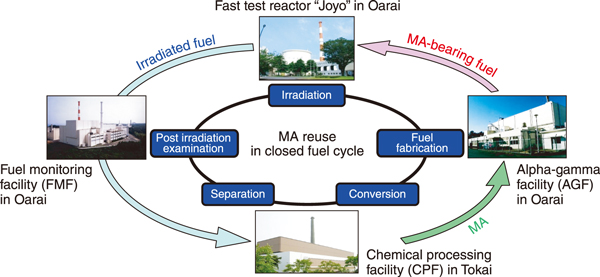
Fig.1 SmART (Small Amount of Reused Fuel Test) cycle
Fast reactors and related nuclear fuel cycles offer a promising sustainable energy supply to meet the global energy demand while protecting the environment. Fast reactors can potentially supply energy for over 1,000 years by using uranium resources more effectively than the traditional nuclear energy systems. Further, they can significantly reduce the exothermic heat and radiotoxicity of the vitrified bodies intended for geological disposal by transmuting the minor actinides (MAs) that have a long half-life. The potentials of fast reactors to solve the problem of radioactive wastes and to lead toward recycling-oriented nuclear energy were specified in the Strategic Roadmap (updated in December 2022) presented by the National Inter-Ministerial Council for Nuclear Power. The targets of fast-reactor development are safety, reliability, cost reduction, resource effectiveness, radioactive waste reduction, nuclear proliferation resistance, flexibility, and marketability. The JAEA is desired to be the leader in the fast-reactor cycle technology development. Considering this goal, the development of the technology base and infrastructure toward improving the fast-reactor cycle and human resource development are also important tasks of the JAEA.
Therefore, the JAEA formulated a research and development (R&D) policy according to the Strategic Roadmap. The Sector of Fast Reactor and Advanced Reactor Research and Development is now implementing an advanced integrated design evaluation method that incorporates the cutting-edge technologies in Japan and overseas, safety improvement technology, technology to reduce the volume and toxicity of radioactive waste, cost-effective fast-reactor technology, fuel cycle technology (such as fuel fabrication and reprocessing), and the development/standardization of safety criteria, codes, and standards.
The SmART (Small Amount of Reused Fuel Test) cycle research (Fig.1) aims to separate and recover MAs from irradiated fuel and to reuse it as fuel. Separation and recovery have been achieved. At present, the activities in the Alpha-gamma facility (AGF) have confirmed the soundness of the fuel fabrication equipment and have evaluated the fuel-pellet sintering conditions using surrogate materials. In addition, we are evaluating the thermophysical properties of MA-bearing fuels; these evaluations will serve as basic data for fuel design and license update to fabricate MA-bearing fuels for irradiation tests in Joyo.
Accident occurrence frequencies were estimated to assess the effectiveness of the measures against beyond design-basis accidents (Topic 2-1). The assessment showed that the measures can achieve a three-digit decrease in the total frequencies of such events.
The world’s first visualization test of molten stainless steel as one of the core component materials penetrating into liquid sodium was performed successfully (Topic 2-2). The test was conducted by high-speed X-ray imaging. It will be a remarkable contribution toward improving the effectiveness of safety measures to achieve in-vessel retention.
An advanced numerical analysis method was developed to predict whole plant thermal hydraulic performance in sodium-cooled fast reactors (Topic 2-3). While the trend of the core inlet temperature cannot be captured by the standalone analysis, a coupling of the one-dimensional plant dynamics analysis and three-dimensional detailed analysis codes can reproduce the trend.
A feasibility study was conducted, revealing that the developed dissimilar welding technology can be applied to the wrapper tube of fast reactors (Topic 2-4). The mechanical strength tests and microstructural analysis showed that the welded zone of ferritic/martensitic steel and SUS316 welded by the developed technology exhibits good mechanical properties due to its composite-like microstructure.
The sodium radioactivity in the primary system of the prototype fast-reactor Monju was evaluated to realize an efficient shield design for fast reactors (Topic 2-5). The data can reduce the design margin factor of sodium radioactivity from 2.0 to 1.1 and contribute to the rationalization of the fast-reactor shielding design.